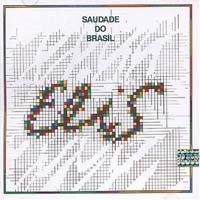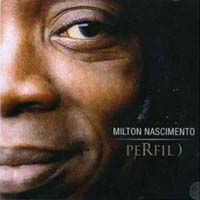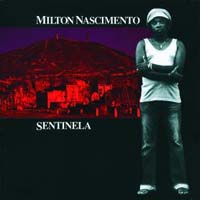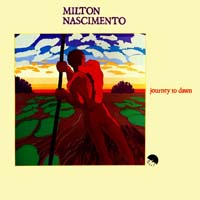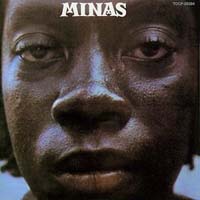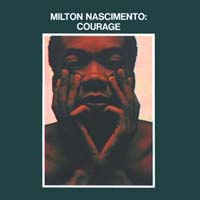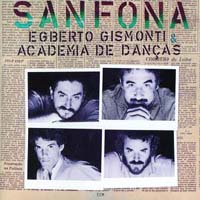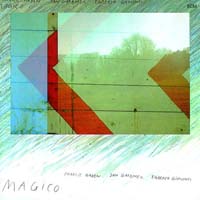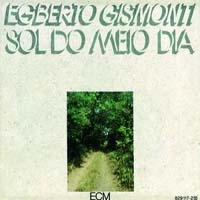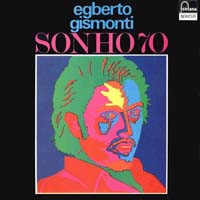Artist: Arto Lindsay Album: Salt
Year: 2004Duration: 0:0-1
A of Arto Lindsay's Album Salt: A Blend of Experimental and Brazilian Music
Arto Lindsay is an American guitarist and singer who has built a substantial career blending several genres and musical influences. As a founding member of DNA and The Lounge Lizards, Lindsay has been reshaping the boundaries of music for decades. His seventh solo album, Salt, released in 2004, departs from his early post-punk style and focuses on an experimental blend of Brazilian music, percussions, and electronics. In this post, we're going to critically review Arto Lindsay's Salt album, providing an overview of the artist's trajectory and a deep dive into his most innovative and standout pieces.
Before diving into Salt, it's essential to understand the artist's musical background. Arto Lindsay was born in Virginia, grew up in Brazil, and later moved to New York City, where he became involved with the No Wave movement and participated in several post-punk bands. His interest in Brazilian music and its rhythmical patterns led him to establish successful collaborations with Gilberto Gil, Caetano Veloso, and Marisa Monte. His work with these artists influenced his musical direction tremendously and eventually culminated in his solo albums, including Salt.
The first track of Salt - Invoke - sets up the mood for the entire album. It features a hypnotic guitar rhythm, an electronic loop, and raw vocals delivered with a touch of detachment. The track slowly builds up and climaxes with a sudden stop, leaving the listener on the edge of a cliff. The album is not about traditional Brazilian music; instead, Lindsay experiments with it, taking it to a different dimension, adding elements such as downtown jazz, noise rock, and electronica.
One of the most striking tracks on the album is Illuminated. The song features a simple arrangement that extracts every emotion from Lindsay's voice. The lyrics evoke his paradoxical views on love, where he sings about resigning oneself to heartbreak and deception. The song's beauty lies in the poignancy of Lindsay's lyrics and the emotional depths he channels through his voice.
In contrast, Salt also has its upbeat moments. The Prize, for example, features a Brazilian-esque percussive rhythm, with an excellent bassline and intricate guitar work that adds layers to the music. The chorus is catchy, with Lindsay's signature vocal delivery adding a modern feel.
Another standout track is Pleasure. The song begins with percussive handclaps and morphs into a fully-fledged electronic piece. Lindsay's vocal delivery in this piece highlights his experimental side, comprising riffs in Portuguese and English and inflections that reinforce his intention to play with different emotions throughout the album.
One of the most innovative parts on Salt is the way Lindsay creates layers of sound. The album is a masterful mix of arrangements, instruments, and unexpected sound snippets that interweave themselves throughout the songs. Lindsay's voice and guitar work are always present, but it is the sum of the album's parts that makes it whole.
To wrap up the of Salt, we must address a less positive aspect - its accessibility. Salt is a challenging fix, requiring the listener to pay attention throughout and invest in the full album experience. This album is not meant for background music; it needs the listener's attention, and it may not be everyone's cup of tea. Still, we believe that Salt is a testament to Arto Lindsay's daring approach to music and his ability to weave together different genres and influences.
To wrap up the of Salt, we must address a less positive aspect - its accessibility. Salt is a challenging fix, requiring the listener to pay attention throughout and invest in the full album experience. This album is not meant for background music; it needs the listener's attention, and it may not be everyone's cup of tea. Still, we believe that Salt is a testament to Arto Lindsay's daring approach to music and his ability to weave together different genres and influences.
In conclusion, Arto Lindsay's album Salt is a striking piece of work that showcases the artist's trademark experimentation with sound and fusion of different musical genres. It is a challenging album that requires the listener's active participation, but those who invest time and attention will find a deeply rewarding experience. Salt is proof that Lindsay is not afraid to push the limits of his music, leading the way in the fusion of Brazilian music with unconventional sounds and experimental touches. If you're a fan of Lindsay's previous work or you're interested in exploring new musical horizons, we highly recommend giving Salt a listen.
Other #Bossa nova albums:
SIMILAR BANDS
balls, from 1 to 5, describe similarity between the two bands
SOMETHING NEW? LISTEN TO RADIOGENRE
 Dubstep
Dubstep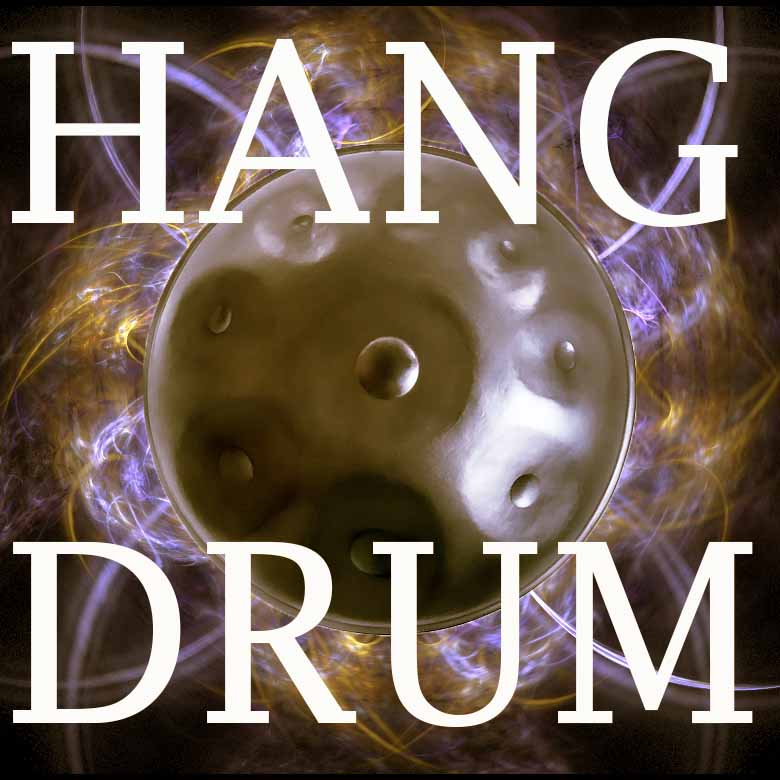 Hang Drum
Hang Drum Industrial metal
Industrial metal Thrash metal
Thrash metal Alternative rock
Alternative rock Dance pop
Dance pop Meditation Music
Meditation Music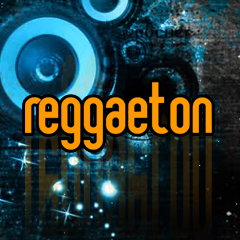 Reggaeton
Reggaeton Chillout
Chillout World Music
World Music
SUGGESTED PLAYLISTS
 666, the number of the beast
666, the number of the beast Family Love by Darcy Padilla
Family Love by Darcy Padilla Scandinavian Oregon: the danger of boredom
Scandinavian Oregon: the danger of boredom The electronic dream of the Matrix
The electronic dream of the Matrix The very best of drone doom metal
The very best of drone doom metal The symposium of love
The symposium of love A tour around the Bel Paese
A tour around the Bel Paese The very best of sperimental music
The very best of sperimental music The very best of dancehall
The very best of dancehall The very best of world music
The very best of world music



